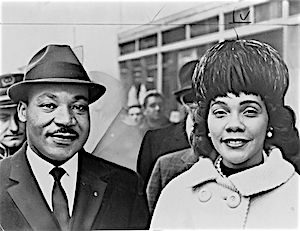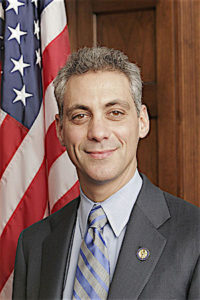Observing the birthday of Martin Luther King, Jr.

The management team of Face Activities extends our best wishes to our members and visitors on Martin Luther King Day. We recognize that Dr. King was a visionary civil rights leader, who lived to make the United States a better and more just nation. In commemoration and appreciation of his birthday, we happily present this classic speech, by Rom Emanuel, in honor of the visionary civil rights leader, which he delivered during his time in the U.S. Congress.
Dr. King embodied the spirit of the civil rights movement of the 1950s and 60s. As a teacher, a preacher, and a leader, he tuned his membership of the board of directors of the National Association for the Advancement of Colored People and his role with the Southern Christian Leadership Conference (SCLC) to help shape the nonviolent philosophy of the movement.
The 1956 Supreme Court decision declaring Alabama’s segregation laws unconstitutional was one early victory in his fight for equality and justice. This victory had a tremendous personal cost for Dr. King, as he was arrested, threatened, and his house was bombed. Throughout these arduous times, Dr. King remained strong.
 In 1957, Dr. King helped found and became the leader of the Southern Christian Leadership Conference. This organization was formed to provide new leadership to the growing civil rights movement. Like Dr. King, the SCLC was committed to achieving its goals through nonviolent means.
In 1957, Dr. King helped found and became the leader of the Southern Christian Leadership Conference. This organization was formed to provide new leadership to the growing civil rights movement. Like Dr. King, the SCLC was committed to achieving its goals through nonviolent means.
He further refined his philosophy of nonviolence during a journey to India in 1959. He saw nonviolent protest as the key to achieving his goals of racial equality and social justice in the face of a sometimes violent opposition.
Despite the obstacles, Dr. King continued his struggle and spoke at the 1963 March on Washington for Jobs and Freedom. It was during this event that he delivered his famous “I Have A Dream” speech at the Lincoln Memorial, proclaiming: “I have a dream, that one day this nation will rise up and live out the true meaning of its creed: ‘We hold these truths to be self-evident, that all men are created equal.'”
The following year, Dr. King saw his hard work come to fruition with passage of the Civil Rights Act of 1964. That same year, Dr. King was awarded the Nobel Peace Prize, becoming the youngest person awarded the Peace Prize at that time. He chose to donate the prize money he received to further the cause of the civil rights movement.
Tragically, Dr. King’s life was cut short on April 4, 1968 by a sniper’s bullet. His stirring words from his speech at the Lincoln Memorial still echo today and provide us with a goal we all share, that our “children will one day live in a nation where they will not be judged by the color of their skin but by the content of their character.”
Madam Speaker, I urge everyone to remember and reflect on his words as we commemorate Dr. King’s birthday and honor his tireless work in making America a country where the rights of all people are respected and protected.
This work is in the public domain in the United States because it is a work of the United States federal government (see 17 U.S.C. 105).
Photo: By Herman Hiller / New York World-Telegram & Sun – Library of Congress Prints and Photographs Division. New York World-Telegram and the Sun Newspaper Photograph Collection. http://hdl.loc.gov/loc.pnp/cph.3c16775, Public Domain, Link
Photo (Rahm Emanuel): This United States Congress image is in the public domain. This may be because it is an official Congressional portrait, because it was taken by an employee of the Congress as part of that person’s official duties, or because it has been released into the public domain and posted on the official websites of a member of Congress. As a work of the U.S. federal government, the image is in the public domain.

